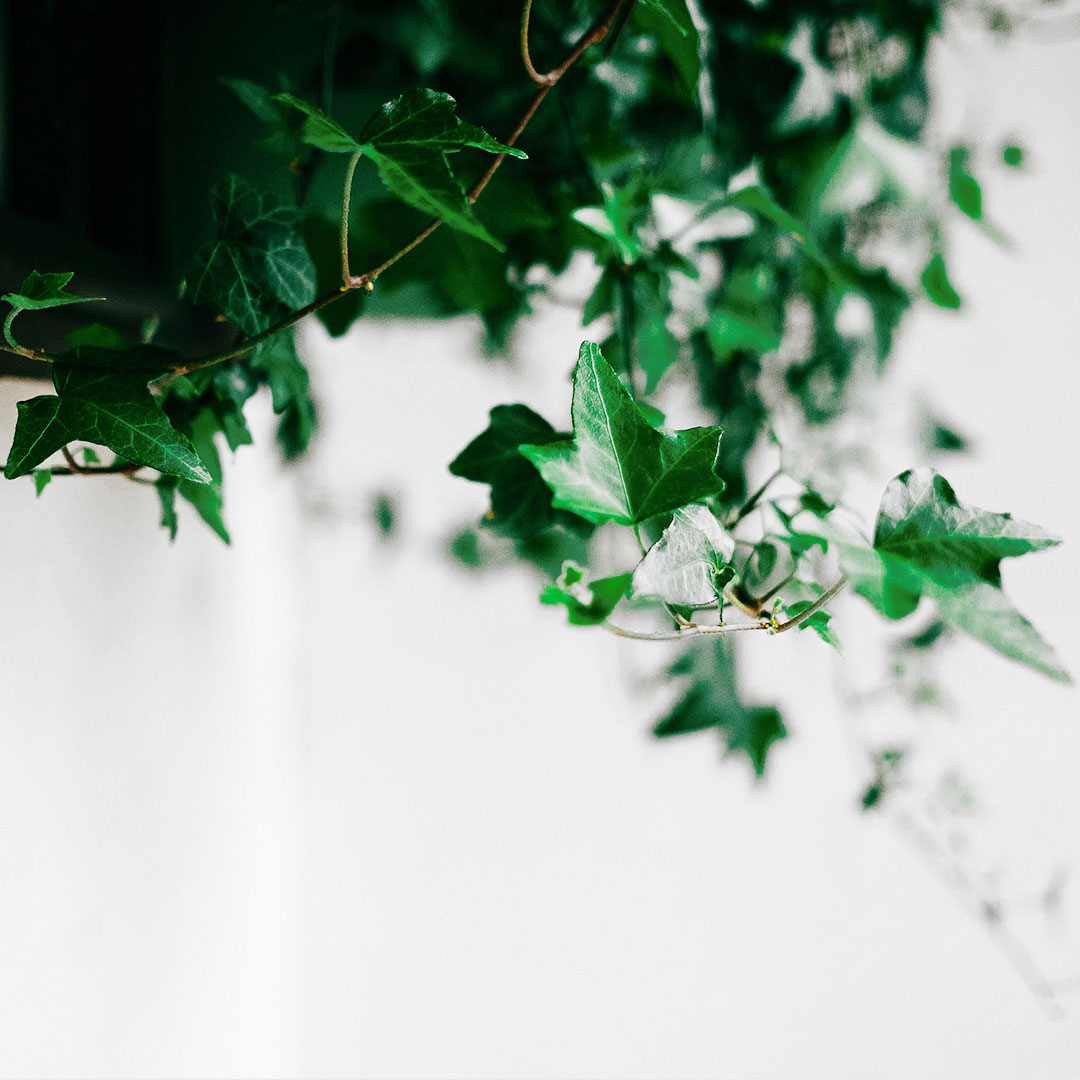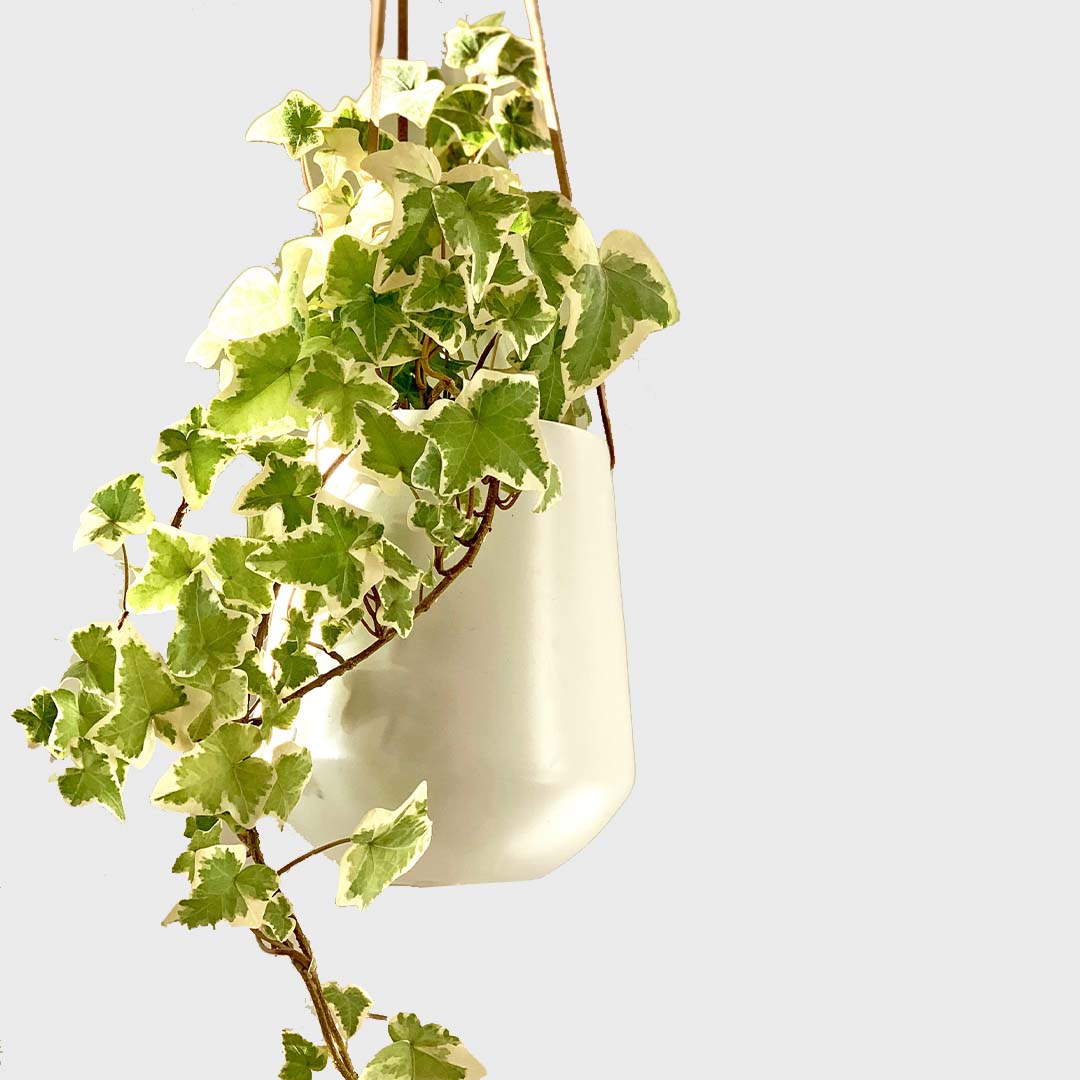
Deliver to
Europe
 English
English

The Hedera helix, also known as ivy, is an evergreen plant for both indoors and outdoors. The Hedera helix purifies the air and enriches the environment we breathe in with clean oxygen. It prefers to grow in moist, rich soil. The Hedera helix can also be found hanging amongst walls and trees.
Medium light
Water once a week
Toxic
Air-purifying
The Hedera naturally grows on trees and along other plants. This is why the plant often ends up under large plants and trees, where the Hedera gets a lot of shade. The Hedera prefers indirect sunlight or partial shade. Too much light can cause leaves to become lighter and eventually even burn. Therefore, keep the Hedera away from bright direct sunlight.
The Hedera helix prefers to be watered every week. Although the Hedera helix likes to grow in moist soil, it is important that you do not over-water it. Too much water can even cause root rot, which is something you definitely want to avoid!
It is not necessary to fertilise the Hedera helix. This is because Hedera helix uses little nutrition. If you do want to add plant nutrition, do so only in the growing season (spring to summer).
Repotting the Hedera helix is not necessary every year. However, we do recommend that you buy a larger flowerpot for the plant every two years. It is best to choose a flower pot that is at least 20% larger than its previous one. This will give the Hedera helix more room to grow and the plant will receive new nutrients. It is always best to repot a plant in the spring. When repotting, roots can be damaged and in spring the plant has the most energy to repair the damage.
The Hedera is a versatile plant that can tolerate a wide range of temperatures. However, it generally prefers moderate temperatures and can thrive in both indoor and outdoor environments. The ideal temperature range for Hedera is between 10 to 24 degrees Celsius.
A Hedera plant can be strong growers. If you want to manage their size, pruning can help them remain compact. You can selectively prune or trim back the stems to control the growth and shape of the plant.
The Hedera is not susceptible to diseases and pests. Mourning flies and root rot can always occur, although this is usually due to careless care.

